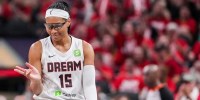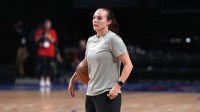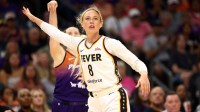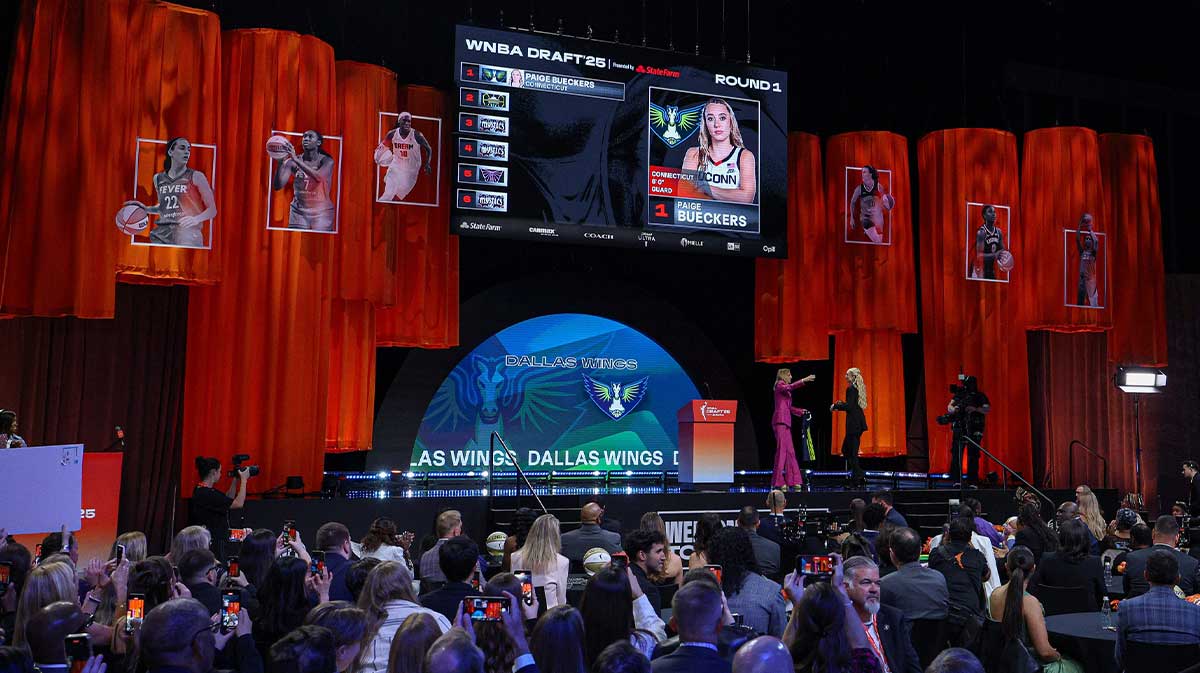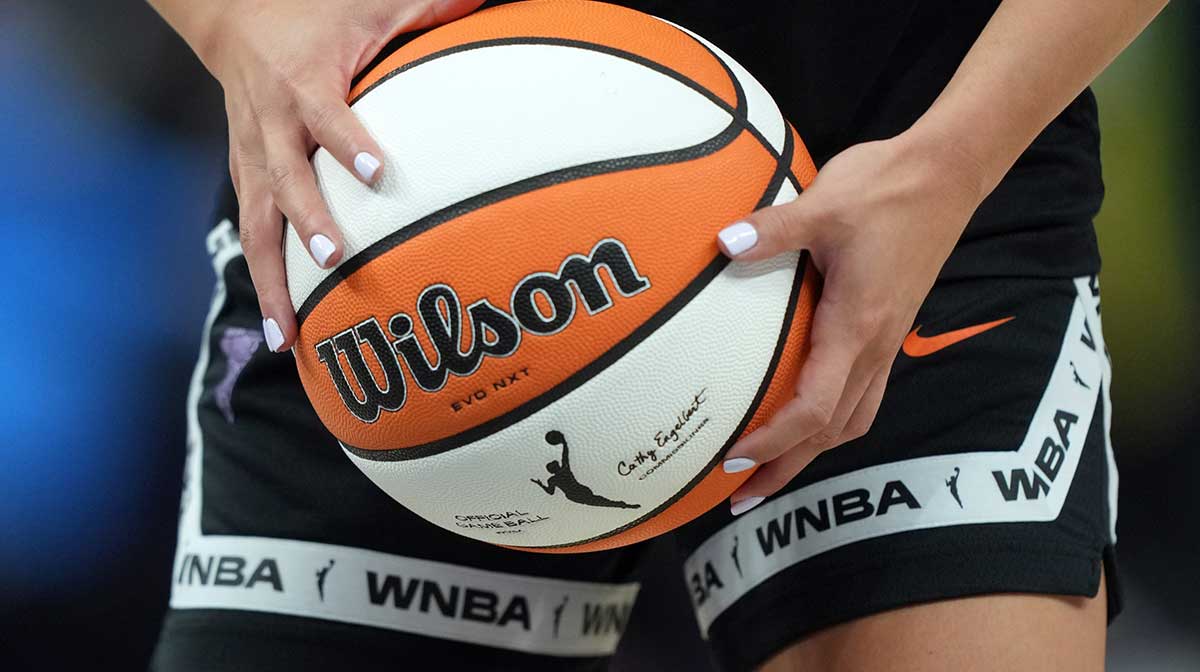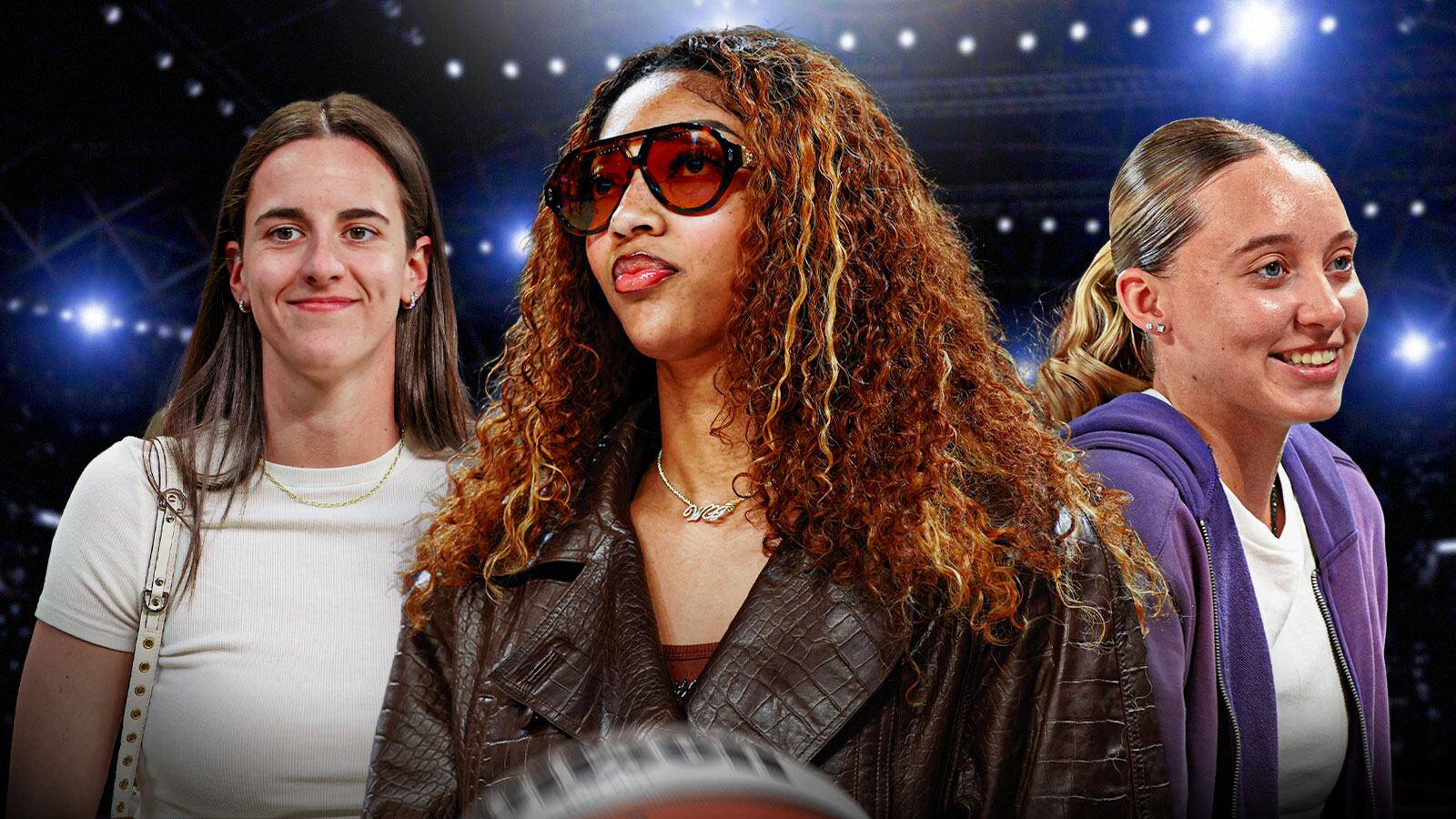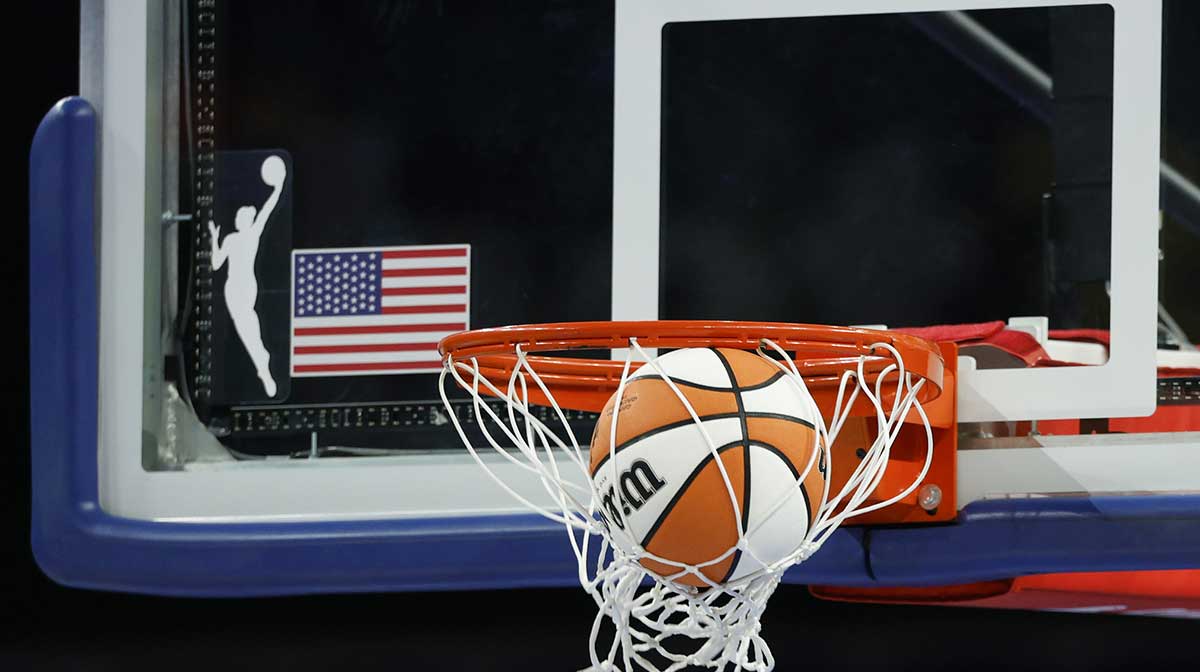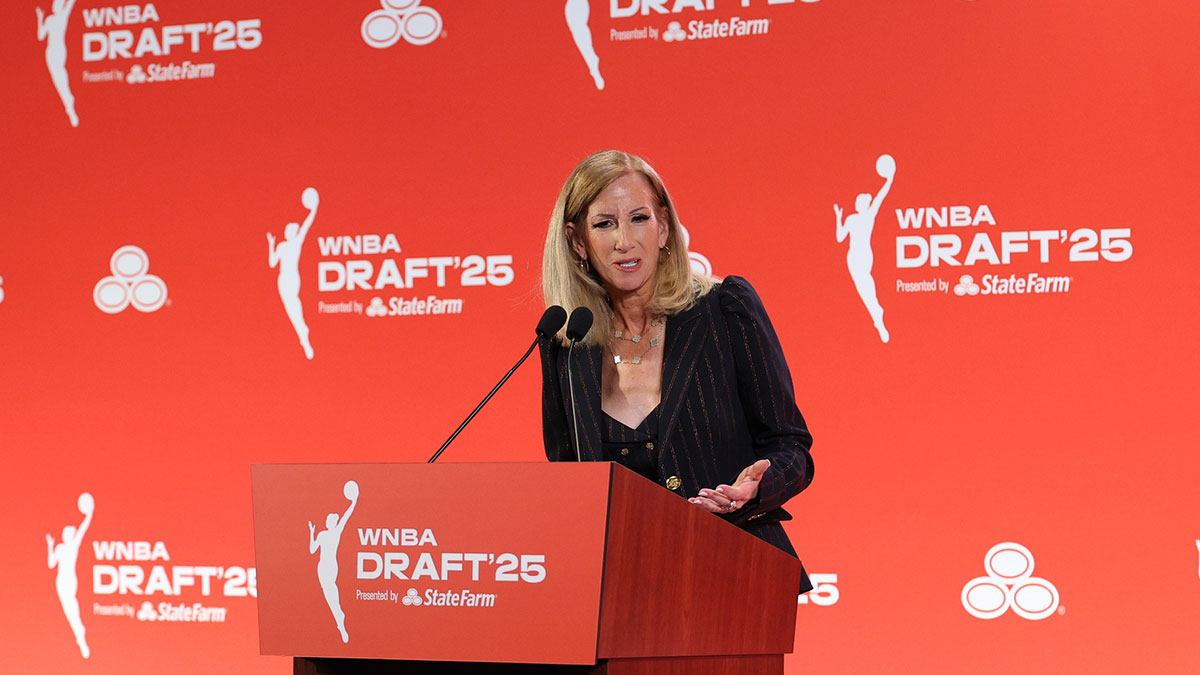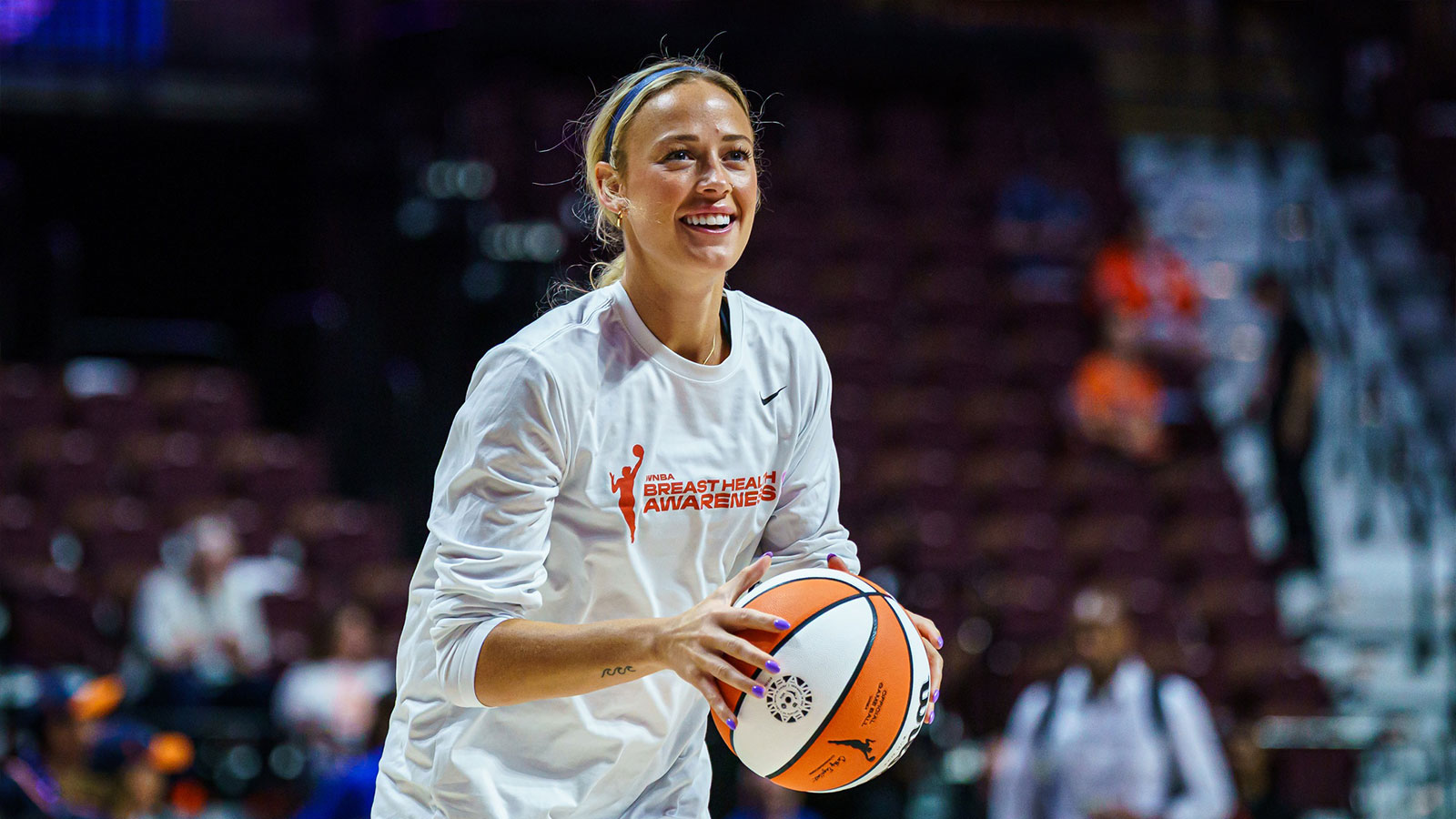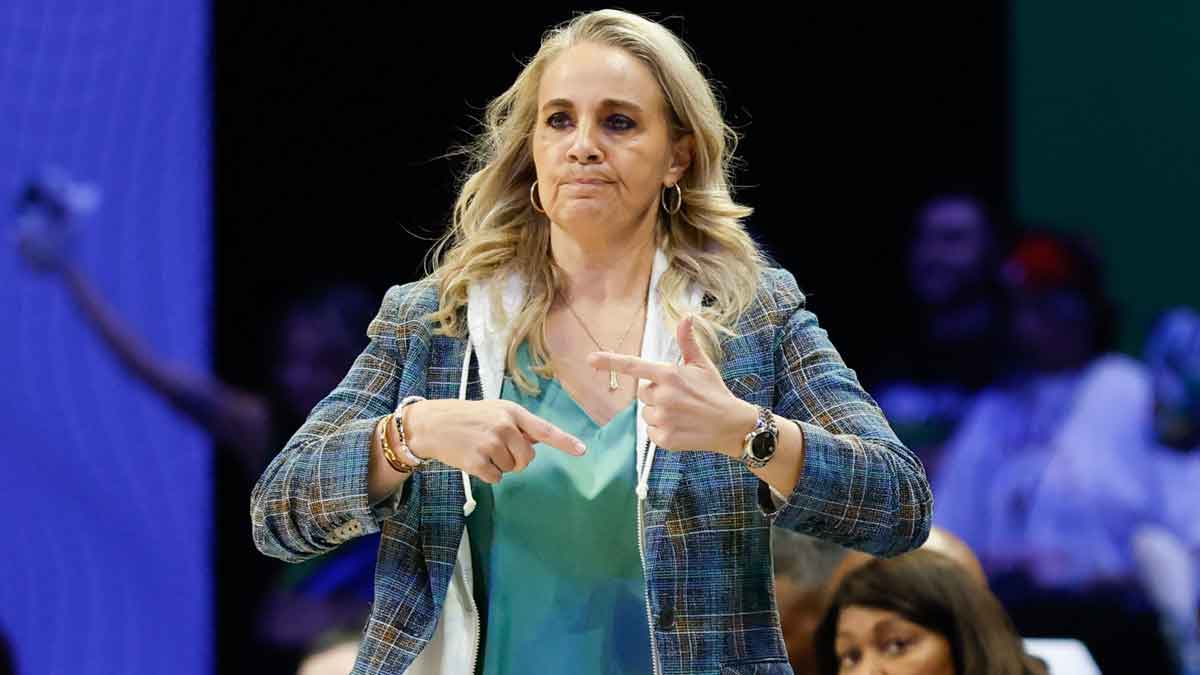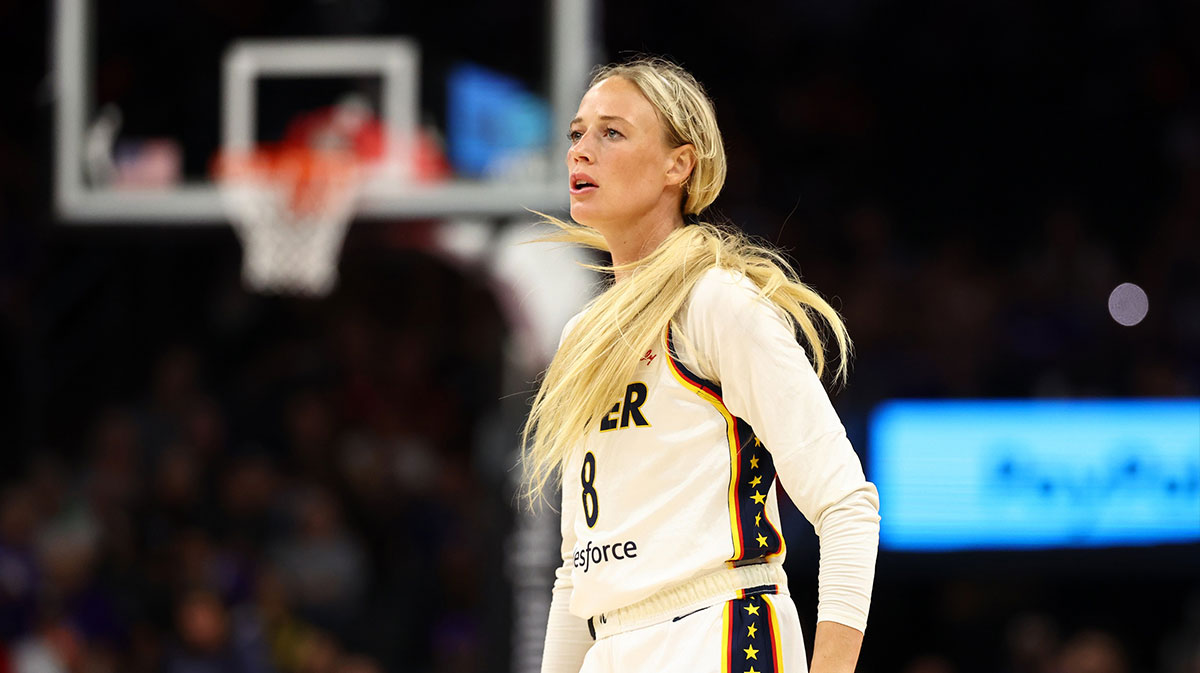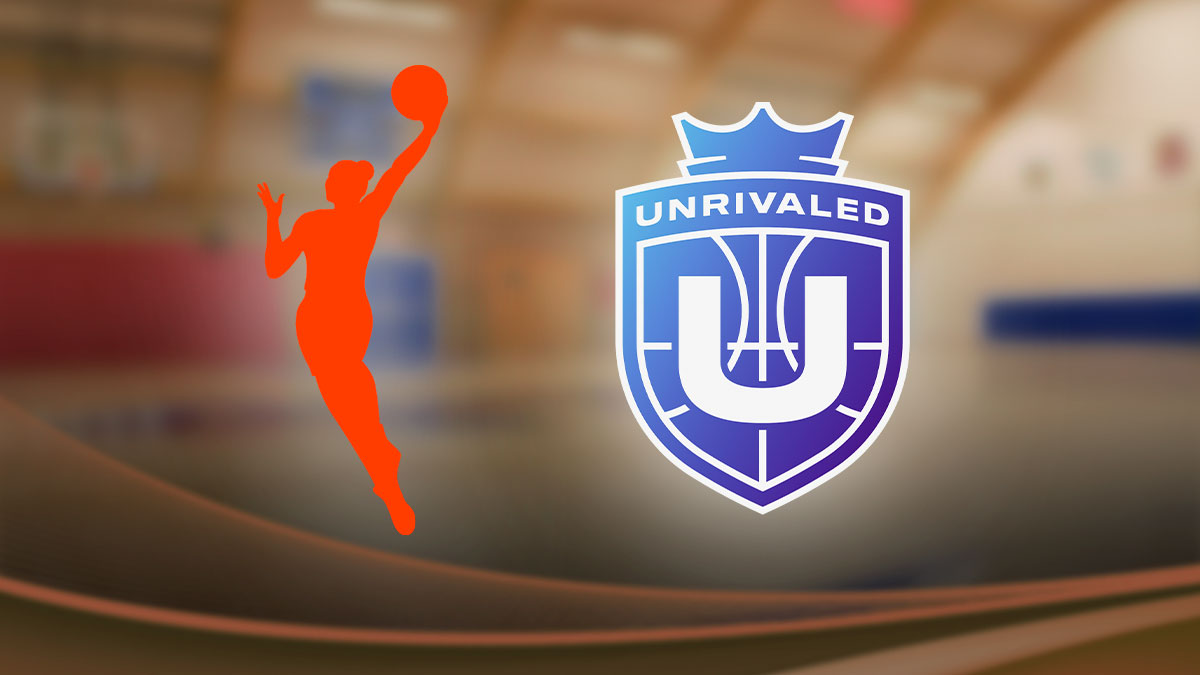As the league marches toward September, the playoff picture remains fluid. Key looming matchups — particularly the Lynx‑Liberty battles — offer a preview of a possible Finals rematch with conference positioning at stake. Injury timelines, especially for Caitlin Clark, Angel Reese, Jonquel Jones, and Satou Sabally, and emerging role‑player consistency will prove critical in the stretch run. Let's take a look at where every team stands heading into the second half of the WNBA season.
Atlanta Dream: B+
The 14‑10 Dream ride efficient offense and a strong net rating under new coach Karl Smesko. Allisha Gray has emerged as their team leader, posting career highs in points, rebounds, and assists while shooting almost 39% from deep. Indicators of their success include strong 3‑point usage, offensive rebounding, and low turnover rate. The Dream's weakness lies in defense late in games — fourth‑quarter defensive rating ranks 12th league‑wide — and injuries to key players like Rhyne Howard have disrupted rhythm. Still, with their playoff positioning in the Eastern Conference, they’re poised for a solid championship push.
Chicago Sky: D-
The Sky sit at a disappointing 7‑17, reflecting a season marred by injuries and personnel turnover. Court‑side injuries to key additions like Courtney Vandersloot (season‑ending ACL) and inconsistent health for Reese have disrupted continuity. Turnovers, poor shooting, and transition breakdowns have led to several blowouts, including a 95‑57 loss to Seattle. Despite offseason praise for their additions in Vandersloot, Kia Nurse, and Rebecca Allen, none have yielded consistent impact so far. The Sky continue to feed developmental minutes to young bench players, but overall, the season has remained disappointing, and if Reese misses any time, the outlook only worsens.
Connecticut Sun: F
The Sun’s rebuild hit new lows at 3‑20, the worst record in the league by a large margin. Offseason turnover stripped nearly the entire 2024 starting lineup, and rebuilding additions like Tina Charles have only been able to make a marginal difference so quickly under a new coach. Recent signs of life come from rookie guard Saniya Rivers and Aneesah Morrow, and the Sun seem more competitive, but they remain near the league's basement. Their grade recognizes progress made, but losses and player integration still have the Sun falling short of consistent wins.
Dallas Wings: D+
Dallas is enduring a rocky season, sitting at 7‑18 and firmly among the league's bottom teams. Rookie Paige Bueckers is a bright spot, but the team continues to struggle converting individual potential into team wins. Ogunbowale and Bueckers need more time to develop chemistry, and while Haley Jones' return in July has helped, wins remain scarce. A season with a sub‑.300 win percentage and little playoff hope leaves Dallas at a crossroads: push now or rebuild around young pieces like Bueckers, Ogunbowale, and Jones for the future. This grade reflects the transitional phase the Wings are in and the current state of the team that results from it.
Golden State Valkyries: B-
The Valkyries hover near the playoff bubble with moderate offense and defense. Golden State boasts a few notable wins and has positively impacted games with Phoenix trade acquisitions and young emergence. While not dominant statistically, the Valkyries can threaten teams with live pace and movement. Consistency remains an issue, but if they can string a few wins together, the second half should see them quietly rising.
Indiana Fever: B-
The Fever come in at 13‑12, just above .500, riding a roller‑coaster. With Clark healthy, they’re a formidable force, but her injury absences cost the team multiple games early on in the season. Clark's injury timeline has been erratic — quadriceps strain, groin issues, day‑to‑day return rumors — and fans question her availability leading into the playoffs. In her absence, role players like Sophie Cunningham have stepped up, drawing praise after big performances. Coach Stephanie White’s system occasionally lacks consistency across lineups. If Clark stabilizes and health returns, Indiana can compete, but the lack of clarity on her status puts uncertainty on their playoff viability.
Las Vegas Aces: C
Despite high expectations, the Aces stand at 12‑13, under .500, and are struggling to right the ship. A’ja Wilson continues to dominate with elite scoring and rebounding, recently putting up 34 points and 16 boards in a victory over the Valkyries. But roster depth, offensive inconsistency, and poor defensive efficiency have undercut team success. The team’s defense has dropped to the bottom five in the league; offense hasn’t compensated despite Wilson’s brilliance. They’ll need major midseason tweaks — either strategic or personnel‑wise — to salvage a playoff push.
Los Angeles Sparks: C-
The Sparks mirror their record from last year but show tangible growth under new head coach Lynne Roberts. Kelsey Plum is having a career-best scoring season, while Dearica Hamby and Azurá Stevens have also elevated their games. Stevens in particular shines as both a scoring and defensive force. Rookies like Cameron Brink and Rae Burrell are returning from injury and offer hope for closing the gap to .500 or beyond. The season hinges on improved health and roster cohesion. The system shows promise, but the record remains underwhelming.
Minnesota Lynx: A
With a league‑leading 22‑4 record, the Lynx dominate both ends of the court. They rank near the top in scoring, blocks, steals, and field-goal percentage and boast one of the sturdiest defenses in the league. Napheesa Collier has been the driving engine, leading statistical categories and earning MVP buzz. Off‑court, their StudBudz duo of Courtney Williams and Natisha Hiedeman has boosted team culture and visibility during the All‑Star break. With finals rematch games against New York looming at the end of July and early August, Minnesota has playoff momentum in hand. While free‑throw shooting efficiency remains a potential postseason vulnerability, this group looks poised for a deep run.
New York Liberty: A
The defending champions hold a solid 17‑6 record, second overall in the league. They lead in scoring, efficiency, and forcing turnovers. Breanna Stewart continues anchoring the team’s offense and defense, leading in scoring, rebounding, and blocks. The midseason return of Jones has strengthened their frontcourt, and the addition of Emma Meesseman — a former Finals MVP — gives them unprecedented depth and versatility heading into the second half. The Liberty recently avenged a loss to Phoenix in a high‑stakes style game, with strong performances from Ionescu and Jones delivering a statement win. With experience, talent, and a growth‑minded roster, New York looks well placed to chase back‑to‑back titles.
Phoenix Mercury: A
The Mercury carry momentum as the top contender out West behind Minnesota. Solid offensive output and late veteran additions like Alyssa Thomas, who delivered a double‑double in their loss to the Liberty, bolster their potential. While they’ve had moments of inconsistency, they rank well in offensive efficiency and have quality roster balance between scoring and defense. If they can clean up their execution in crunch time and benefit from experience, they remain a serious threat in the postseason.
Seattle Storm: A-
The Storm remain in the thick of the playoff picture thanks to balanced play across offense and defense. Their scoring margin is positive but not dominant — consistency has been key to most wins. Depth remains a concern late in games, but the Storm have held their own against top teams and remain a matchup headache for postseason opponents.
Washington Mystics: B-
The Mystics have surprised many with their resiliency and upside through youth development. Rookie stars Sonia Citron and Kiki Iriafen have emerged as impactful defenders and efficient scorers; combined with veteran leadership from Brittney Sykes and Shakira Austin, they're positioning for a late-season push. While they remain below .500, recent rallies include six wins in their last nine games and key wins over top teams. The Mystics must reduce turnovers and shore up free‑throw struggles to sustain wins, but if development continues, they may squeak into contention.
At the halfway point of the 2025 WNBA season, the Lynx stand out as the most consistent and dominant team, a true model of stability, depth, and elite execution. Behind them lie the Liberty and Mercury, both boasting championship-level talent and experience. The Dream and Mystics offer intrigue with emerging stars and system coherence, though both face defensive lapses that could derail playoff dreams. The Storm and Valkyries occupy the middle ground: Capable but inconsistent, needing to refine execution in close games to solidify seeding.
On the bubble, the Fever show playmaking brilliance and elite clutch scoring when Clark is active, but an unclear health status and role player inconsistency limit confidence in their long‑term performance. The Sparks display forward progress under young coaching and player growth, and while their record is not ideal, underlying development could drive their momentum in the second half. At the bottom, the Sky and Wings struggle with injuries, roster turnover, and structural uncertainty, while the Sun face a full rebuild. Recent additions and youth are showing signs of promise, but wins remain elusive. All three franchises need clarity in their purpose: Compete now or fully embrace long‑term strategy.




